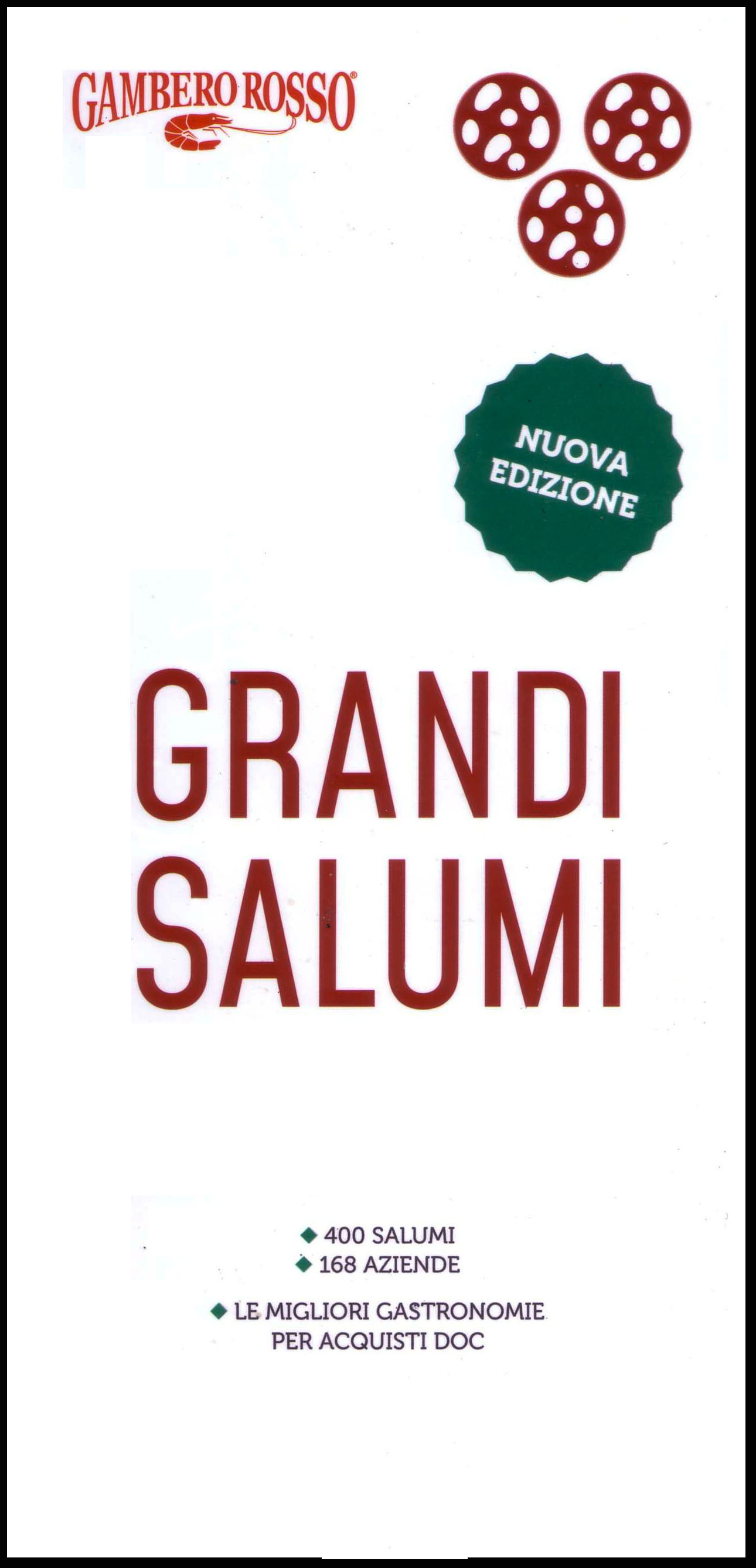Wine and salami salumi: the pitfalls of salt
Where a cold cuts platter ends, a glass of wine begins. It is the image that we find constant in all the wine shops and wine bars of the world. It is a historical combination, consolidated, widespread on a global scale. Yet, marriage of flavors is much more insidious than it might seem. Salt is in fact an enemy of wine, capable of altering the gustatory balance, enhancing bitter tones and often giving unpleasant metallic sensations. Precisely for this reason, in general, all particularly tannic and structured wines are very difficult to apply on cured meats. To evaluate the combination we will have to take into consideration various aspects, starting from the more or less dominant sweet tendency depending on the quantity and quality of the fat, then the spices, the seasoning period which concentrates the flavours. Generally speaking: the fresher the cured meat, the younger and more delicate the wine must be, to satirize the first we will try to gradually increase the intensity in the glass. The goal is to equalize the palate with fragrant and dynamic wines, capable of balancing and above all reviving the sip. For this, the world of bubbles is often an excellent option. Let's talk about cooked salami. If we are dealing with a slice of cooked salami, but also a cotechino or a zampone, with a very evident fatty tendency, we will certainly combine a sparkling Metodo Classico in pink or a young red with a lively presence of carbon dioxide: think of a Bonarda Oltrepò Pavese or a Gragnano of the Sorrento Peninsula. Lambrusco is an excellent companion to cured meats; let's proceed on the chromatic level: on light-toned cured meats we will combine a vibrant Lambrusco
of Sorbera.
A Lambrusco Grasparossa is better on more seasoned cured meats, less acidic but more fruity and structured. We must always keep in mind that bread is capable of mitigating the peaks of taste, and is therefore often an excellent mediator between wine and cured meat, especially if we are dealing with particularly spicy and piquant cold cuts.
Also in this case we avoid combining wines with a particular acidic or tannic charge, or reds for long aging; rather we will be able to find excellent surprises with rosé wines, which are truly a joker on many specialties. We think of delicate rosés from Valtènesi next to a slice of cooked ham or bresaola; moving on to a raw ham we can think of a Cerasuolo d'Abruzzo, a denomination that we always find centered on many types of cured meats thanks to its aromatic freshness and that typical grit of Montepulciano. We reiterate it: with rosé wines, both still and sparkling, it is really difficult to make a wrong combination. Let's continue. In front of particularly tasty and well-seasoned raw hams, we think of soft and enveloping reds, without particular roughness, hardness and tannic proportions in the wake of a Schiava, a Pelaverga, a Grignolino d'Asti or a Frappato. In the presence of particular cured meats such as smoked goose breast we can move into the world of aromatic whites, such as a Traminer or a Riesling, keeping a Sauvignon in reserve: here we play between aromatic impulses and toasted tones of the meat. Finally, we close with a timeless classic: mortadella and Metodo Classico. And here we play between a Franciacorta and a Champagne, between an Oltrepò Pavese and a Trento. And, the evening immediately takes the right turn.
Lorenzo Ruggeri

